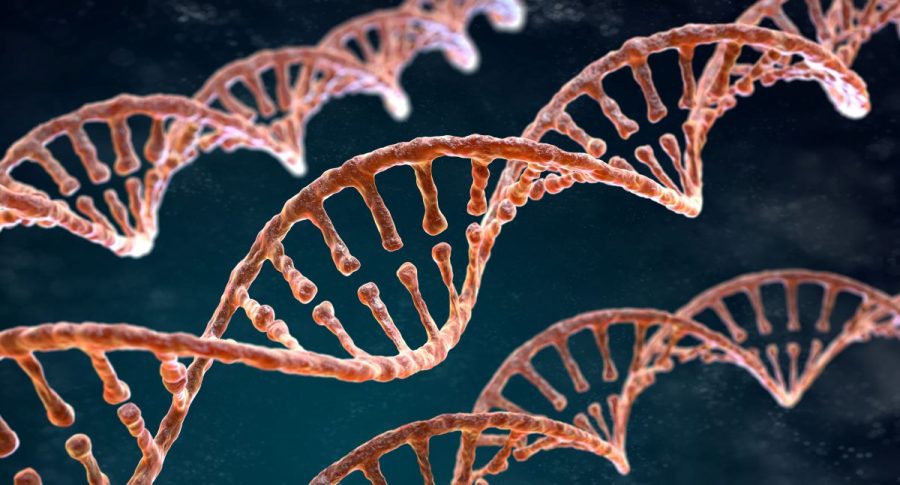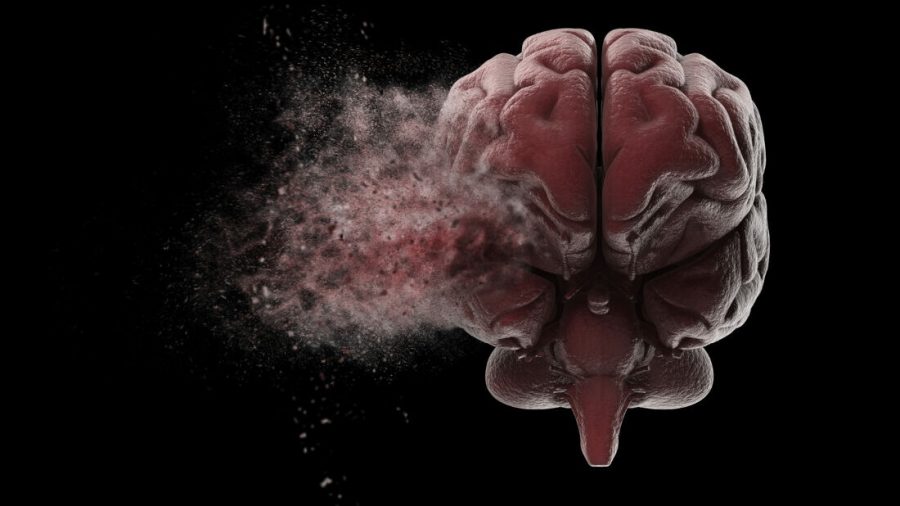
I stayed in southwest Missouri until I was 11, but upon moving to Columbia, we still made the four hour trek to Joplin about four or five times a year for family get-togethers.
Bottom line: Joplin was a part of my life.
Driving through the area in early June with my family a few weeks after the catastrophe, I saw something that nearly shattered my soul: Joplin looked like a war zone. I know you have all heard recollections of this tattered city, but it is true this community cannot be experienced in its entirety without seeing it in person. Pictures will never depict the devastation and death that still lingers there nor the hope that peeks through the rubble and is bringing a city together.
Touring the area again duirng winter break, I saw many improvements since last August. With most of the debris removed from the area, which was enough to fill three new landfills in different states, rebuilding is the next priority on Joplin’s “to-do” list. Something that is working to connect and improve the community is the new power lines.
Immediately after the disaster, there was nothing but stubby trees closing the mile distance between Main Street and St. John’s hospital. But the construction of power lines there represents the spirit of Joplin citizens to restart and prove that they are not afraid of what may come. This city has been brought together on the belief that a connected community has the determination to rebuild, recover and provide support for its neighbors.
Every two weeks, on Sundays, for the next four months until the exact day of the one year anniversary, I will be recalling my memories in pictures and words, depicting Joplin’s recovery and reestablishment. I hope you will join me on my journey to remember and rebuild the city that means more than a dot on a map.
Read in-depth coverage on Joplin here.
By Kaitlyn Marsh

















































































